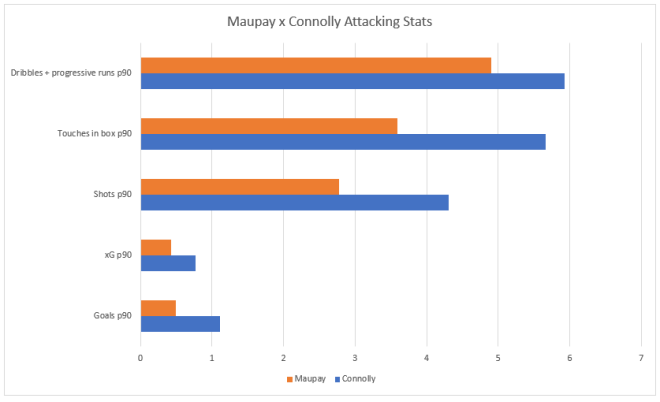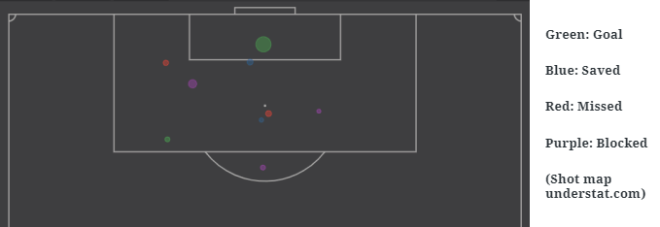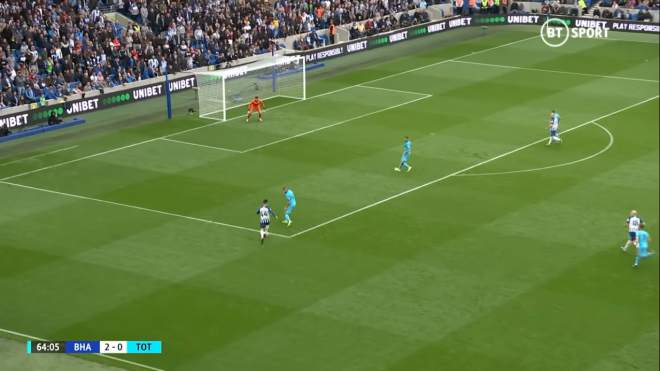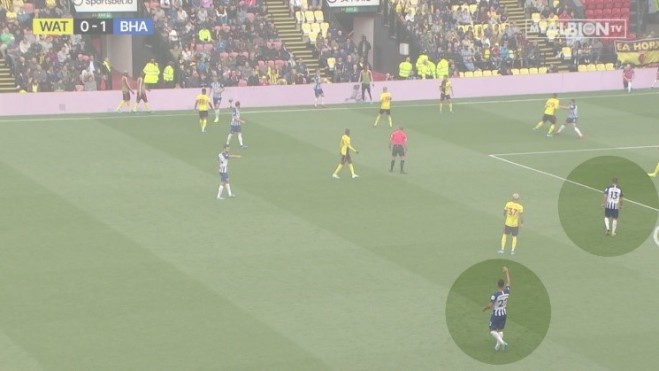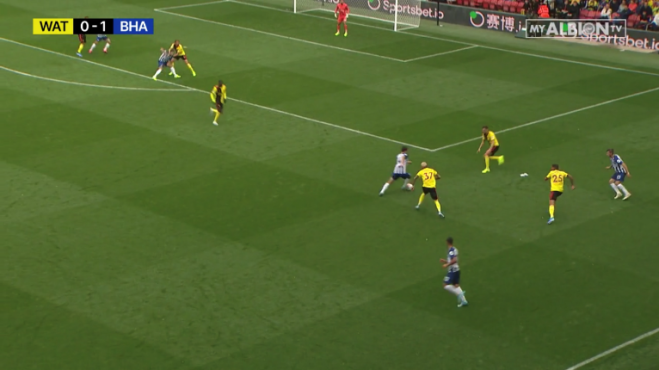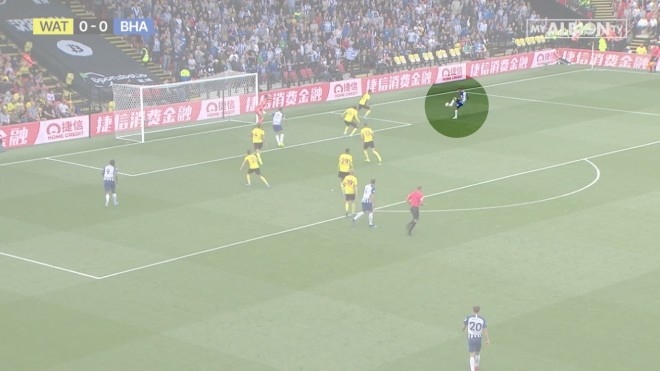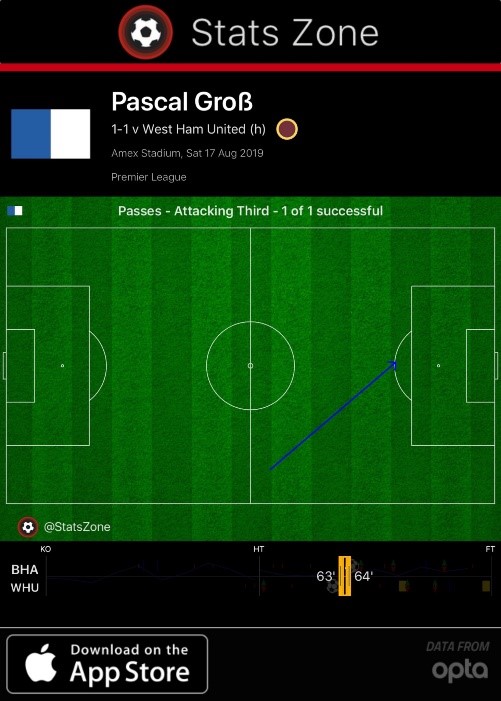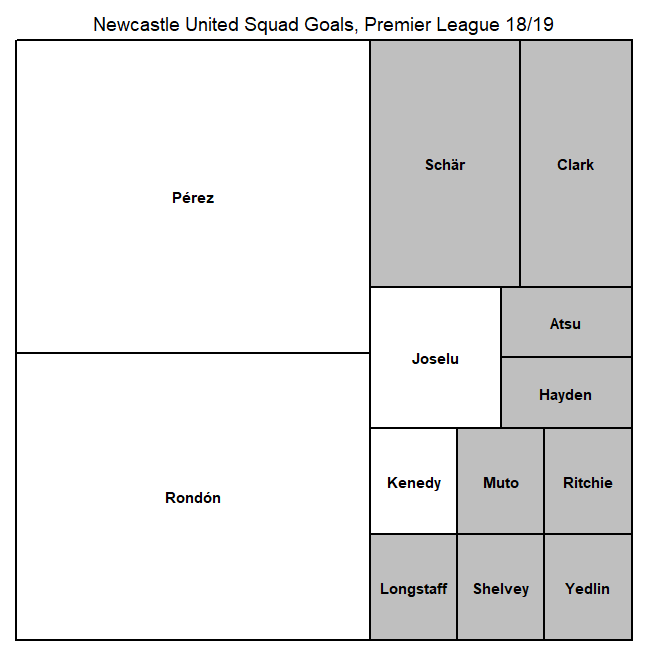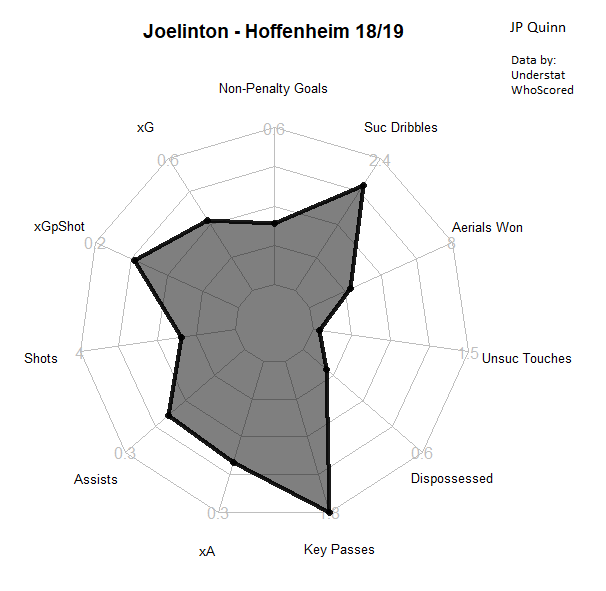Written by JP Quinn – @AttackingCB
Newcastle United broke their transfer record to bring Miguel Almirón to Tyneside for £21m in January. He made an immediate impact in a struggling team. In his first start, against Huddersfield, he showed what he was capable of. Early in the game he ran clean through, lifted the ball over Jonas Lössl, but hit the post. He then tempted Tommy Smith into a dangerous tackle, for which he received a red card. Almirón caused problems all game and was part of a comfortable victory. The fans were left excited by his performance.
He added much-needed pace to the attack and the ability to carry the ball and beat defenders. Playing on the left of midfield when out of possession, Almirón could burst forward and join the attack, along with Rondón and Pérez, creating a front 3 which worked well together. He would effectively become a number 10 when Newcastle had the ball but he could also run beyond Rondón to threaten in behind defences. His start to his Newcastle career was promising, but he ended the season without a goal or assist. Now 8 games into the new season and he still hasn’t registered either and has been struggling to impact games at all. So what’s wrong?
In terms of Expected Goals (xG), Understat has him at 2.86 since joining Newcastle, so he could expect to have scored around 3 goals by now. At that rate he would get 7 goals over a season, which would be a reasonable return. So has he just been unlucky or is it poor finishing? Almirón is certainly guilty of missing some good chances and perhaps making the wrong decision in front of goal but he has also shown an ability to strike a ball. His effort against Huddersfield would have been considered a great finish had it crept inside the post. He is getting into good positions to score – don’t expect him to be prolific (he only has 1 goal in 23 appearances for his country) but we should see him break his duck soon enough if he continues to do so.
The bigger worry here is his lack of creativity. Almirón has less than 1 expected assist in his time at Newcastle (0.76) – that is 0.05 per 90 (less than 2 assists a season). This season has been even worse. He has created just 0.07 xA in total – less than 0.01 per 90! He has created just 3 chances this season, and none of them good ones. By comparison, Saint-Maximin has created the same number in less than a quarter of the time on the pitch.
Considering Almirón had more assists than goals (19:17 excluding penalties) at Atlanta United, it seems odd that he is struggling so much to be creative. And surprisingly, he dribbles much less than both Atsu and Saint-Maximin (not so surprising).
Compare his numbers to Pérez last season, who he is effectively replacing in the team. He got 12 goals last season, though only 2 assists.
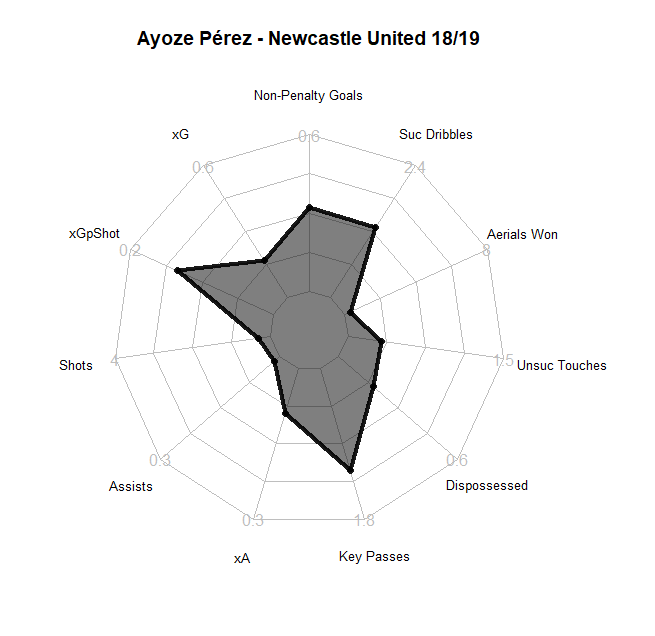
Of course being in a somewhat struggling team that aren’t known for their attacking prowess doesn’t help and I can’t imagine Almirón was thrilled about the departure of Rafa Benítez, a world class coach who also speaks his native language.
One issue may be his position in the team. At Atlanta he preferred to operate as a number 10, or on the left of midfield. In Newcastle’s current system, there is no central creator but Benítez deployed him in an inside-left role. With Pérez’s departure to Leicester City, Almirón has moved over to the right, where perhaps he is less comfortable.
This might have something to do with his lack of crosses. Last season he played 21 crosses, of which 7 were successful, creating 2 chances. This season he has played just 7 crosses and none of them have been successful. However, Saint-Maximin also appears to favour the left, so he may not get that opportunity.
He also had a prolific striker ahead of him in Josef Martínez while in the USA and Rondón as a target last season. Joelinton isn’t really that player, preferring to get involved in the build-up himself.
So far, we have seen glimpses of real quality from Almirón but not enough end product. There are times when he tries to do much on his own instead of passing and times when he makes the wrong decision. It is still early days in his Premier League career though and he needs to be given time to adapt to a new country – it is a big step up from MLS. He has shown enough to suggest that he can make it in this league but some improvement is needed.


